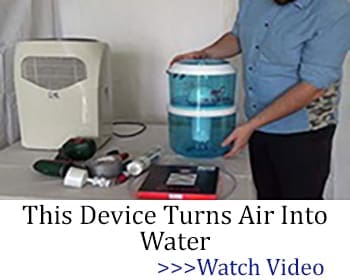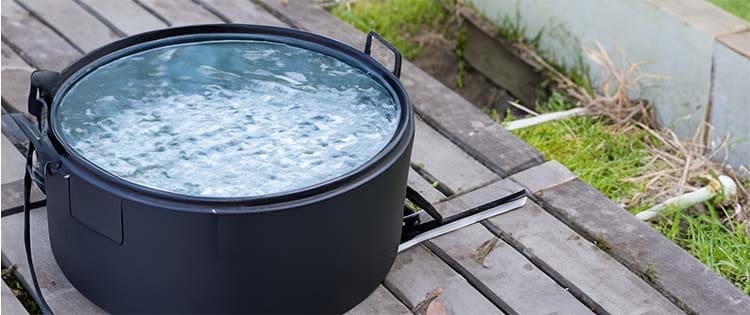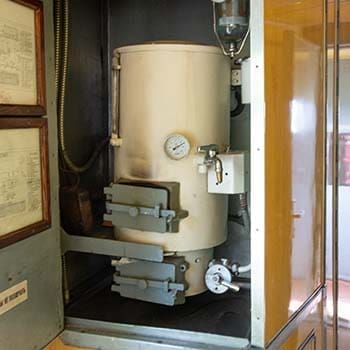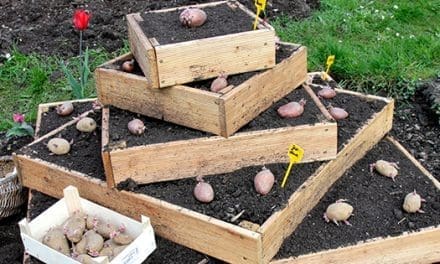Living off-grid for a decade, I’ve tested various off grid water heaters. Solar ones are great on sunny days, though not so effective when clouds roll in. Wood-burning heaters warm us up and cook our meals, but gathering firewood takes effort.
Geothermal systems are steady, but installing them was a bit pricey. Gas heaters offer convenience but depend on fuel. Wind-powered ones are cool if the breeze is constant. Each has its perks and quirks, and finding the right fit means balancing nature’s gifts and the challenges of the homestead life.
Let me share with you what I’ve learned about each one of them:
Solar Water Heaters
Solar water heaters use sunlight to heat water for various household needs. Mounted on rooftops, solar collectors capture sunlight, heating the water inside them. There are two types: active systems use pumps to circulate water or heat transfer fluid, while passive systems rely on natural convection or gravity.
In active systems, solar collectors absorb sunlight, and a pump circulates water or fluid through them into a well-insulated storage tank.
As the fluid circulates, it transfers heat to the water, raising its temperature. This heated water is then ready for domestic use, like bathing or washing.
Related: 5 Ingenious Methods To Get FREE WATER In All 50 States During A Crisis
Solar water heaters are a great choice for a few reasons. First off, they use the sun, which is a clean and renewable energy source. This lowers electricity bills because, when the sun is shining, they give you hot water without needing much electricity. That’s a win-win!
Once you have them set up, they don’t cost much to run and take care of, which is awesome. Another cool thing is that they can work even if you’re not connected to the electrical grid, making them perfect for living off the grid. So, overall, off grid water heaters like solar ones are pretty great – they save money and work even without being plugged into the grid.
However, you need to consider a few things when using solar water heaters. First, they depend on the weather, so on cloudy days or at night, they might not work as well. Also, getting them set up can cost quite a bit at the beginning.
You also need enough roof space for solar collectors, and not all homes might have that. Plus, it’s a good idea to get professionals to install them, but that adds to the upfront cost. And if you live in a place where the sunlight isn’t consistent, you might need another heating system as a backup, which could make it a bit more expensive.
Geothermal Water Heaters
Geothermal water heaters use the Earth’s stable temperature underground for a reliable and eco-friendly hot water source. The system includes a ground loop with pipes filled with fluid, buried in trenches or boreholes, staying close to the Earth’s consistent temperature.
The geothermal heat pump is key. It has a refrigerant that circulates through a loop connecting it to the ground loop. This refrigerant absorbs heat from the Earth, compresses it in the pump, and raises its temperature. The hot refrigerant transfers its heat to the water in the storage tank through a heat exchanger.
These systems have some advantages. As I mentioned, they use the Earth’s stable temperature, which makes them super efficient. Also, they work consistently, providing heat no matter the weather. Off grid water heaters like this can be great for sustainable living, especially in remote areas.
Operating costs are usually low once installed, making them a cost-effective choice. These systems are also versatile, offering both heating and cooling solutions year-round.
On the flip side, there are some downsides to geothermal systems. While they’re efficient and save you money over time, the initial costs can be high, just like with solar water heaters. Location matters, and not all areas are suitable for this type of system. Professional installation is essential due to the system’s complexity. It also needs enough land, which might not work for everyone. Lastly, repairs may require specialized knowledge, so don’t try to fix it yourself unless you’re a pro.
Wood-Burning Water Heaters
Wood-burning water heaters, or wood-fired heaters, heat water by burning wood. You burn wood in a chamber, and the heat moves to the water through a heat exchanger.
There’s a firebox where the wood burns, generating heat. This heat goes into a tank or pipes with water, warming it up. The water is stored for later use, giving you hot water whenever you need it.
These heaters have some big benefits. They’re renewable, meaning you can keep using wood. They also work for both heating your home and water. Plus, they let you live off the grid, which is great for off grid water heaters. Wood is often cheaper than other fuels, helping you save money. They’re perfect for places with lots of wood, especially in cold areas.
However, there are some downsides. You need to gather and burn wood, which takes effort. Burning wood can also impact air quality. The system needs extra space and regular cleaning. Plus, you must always have enough wood to keep it running.
Wind-Powered Water Heaters
Wind-powered off grid water heaters use the energy generated by wind turbines to produce electricity, which is then used to heat water. The system typically includes a small wind turbine, charge controller, battery bank, inverter, and a water heating element.
As the wind turns the turbine, it generates electricity, which is stored in batteries. The inverter converts this electricity into a usable form for the water heating element, raising the water temperature.
These off grid water heaters offer several advantages. They harness a clean, renewable energy source—wind—contributing to environmental sustainability. These systems provide independence from the electrical grid, making them perfect for off-grid living.
Once installed, they can provide a consistent hot water supply, especially in windy regions.
However, there are some challenges. Their efficiency depends on consistent wind patterns, making them less reliable in areas with low or sporadic wind. Like other methods, the initial setup can be costly due to the installation of a wind turbine system.
Maintenance is also needed to keep the turbine running smoothly, adding to the overall cost. In times of low wind or high hot water demand, a backup system may be necessary, affecting the overall efficiency and cost-effectiveness of the setup.
Which One Is The Best?
I’ve tried many water heating methods and I cannot say for sure which one is the best for you. The choice depends on specific factors from your area.
Before you make a choice, you need to consider your location, budget, lifestyle, and your needs. Also take into consideration the climate you live in and the resources in your area, as well as the time and effort you’re willing to invest in such a project.
You may also like:
Plants You Can Grow In Water Bottles
Do You Know What Kind Of Meat You Should Never Eat In A Crisis? (Video)
How To Store Water In Your Car For An Emergency
25 Basic Life Skills That Should Be Taught in School (But Aren’t)













